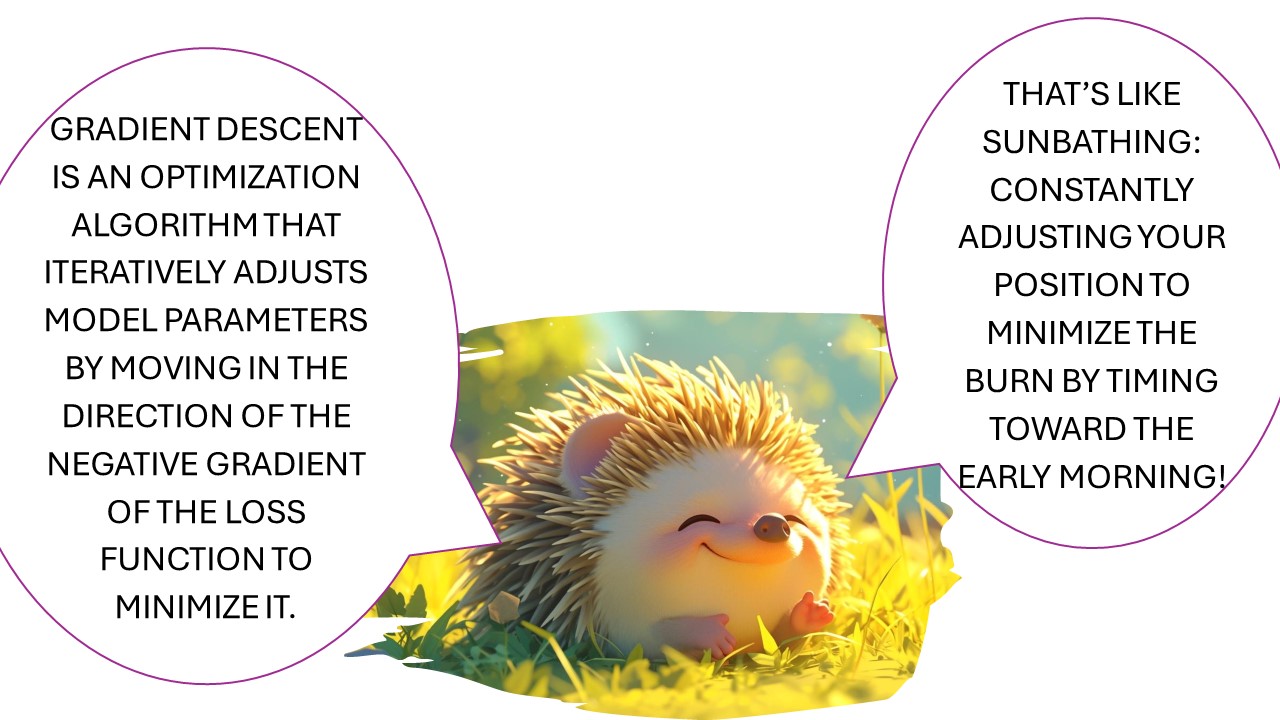Gradient clipping is a technique used to address the problem of exploding gradients in deep neural networks. It involves capping the gradients during the backpropagation process to prevent them from becoming excessively large, which can destabilize the training process.
Benefits of gradient clipping include stabilizing training by preventing excessively large gradients, reducing the risk of numerical overflow and instability, and improving convergence by ensuring more consistent and reliable updates.
How Gradient Clipping Works:
- Define a threshold value for the gradients.
- During backpropagation, if any gradient exceeds this threshold, it is scaled down to the maximum allowed value. The common methods are norm clipping and value clipping.
Norm Clipping: If the norm of the gradient vector exceeds a certain threshold, the entire gradient vector is scaled down so that its norm equals the threshold.
Value Clipping: Each component of the gradient is individually clipped to a maximum and minimum value.
Gradient clipping example code
First, import necessary modules from PyTorch.
import torch
import torch.nn as nn
import torch.optim as optim
from torch.utils.data import TensorDataset, DataLoaderCreate some toy data. Here, x is a tensor of 100 samples, where each sample is a 10-dimensional feature vector, and y is a tensor of 100 target values.
# Toy data
x = torch.randn(100, 10) # 100 samples, 10 features each
y = torch.randn(100, 1) # 100 targetsWrap the data in a Dataset and DataLoader for minibatch training. The DataLoader will allow us to iterate over the dataset in minibatches of size 20.
# Wrap in a Dataset and DataLoader for minibatch training
dataset = TensorDataset(x, y)
data_loader = DataLoader(dataset, batch_size=20) # Minibatch size of 20Define a simple model. For this example, we use a feed-forward neural network with a single hidden layer of size 5 and ReLU activation.
# Define a simple model
model = nn.Sequential(
nn.Linear(10, 5),
nn.ReLU(),
nn.Linear(5, 1)
)Define the loss function as mean squared error, which is a common choice for regression tasks, and an optimizer, in this case, Stochastic Gradient Descent (SGD).
# Define loss function and optimizer
criterion = nn.MSELoss()
optimizer = optim.SGD(model.parameters(), lr=0.01)Define the training loop. For each epoch (iteration over the dataset), it computes the model’s predictions y_hat, calculates the loss, and then uses loss.backward() to compute the gradients of the loss with respect to the model’s parameters. Before applying these gradients to update the model’s parameters, we clip the gradients to ensure that their maximum norm does not exceed 1.0. This is done to prevent large gradients, which can cause the model to become unstable. It then updates the model parameters with the optimizer’s step() function.
# Training loop with gradient clipping
for epoch in range(50):
for batch_x, batch_y in data_loader:
optimizer.zero_grad()
outputs = model(batch_x)
loss = criterion(outputs, batch_y)
loss.backward()
# Gradient clipping
torch.nn.utils.clip_grad_norm_(model.parameters(), max_norm=1.0)
optimizer.step()
print(f'Epoch {epoch+1}, Loss: {loss.item()}')In summary, gradient clipping is a technique to prevent exploding gradients in very deep networks, usually in the context of Recurrent Neural Networks (RNNs). The idea is simple: if the absolute value of gradient vector exceeds a threshold, then rescale it back to the threshold. This prevents any gradient to have overly large values and thus overshoot the optimal points during training.
Discover more from Science Comics
Subscribe to get the latest posts sent to your email.



